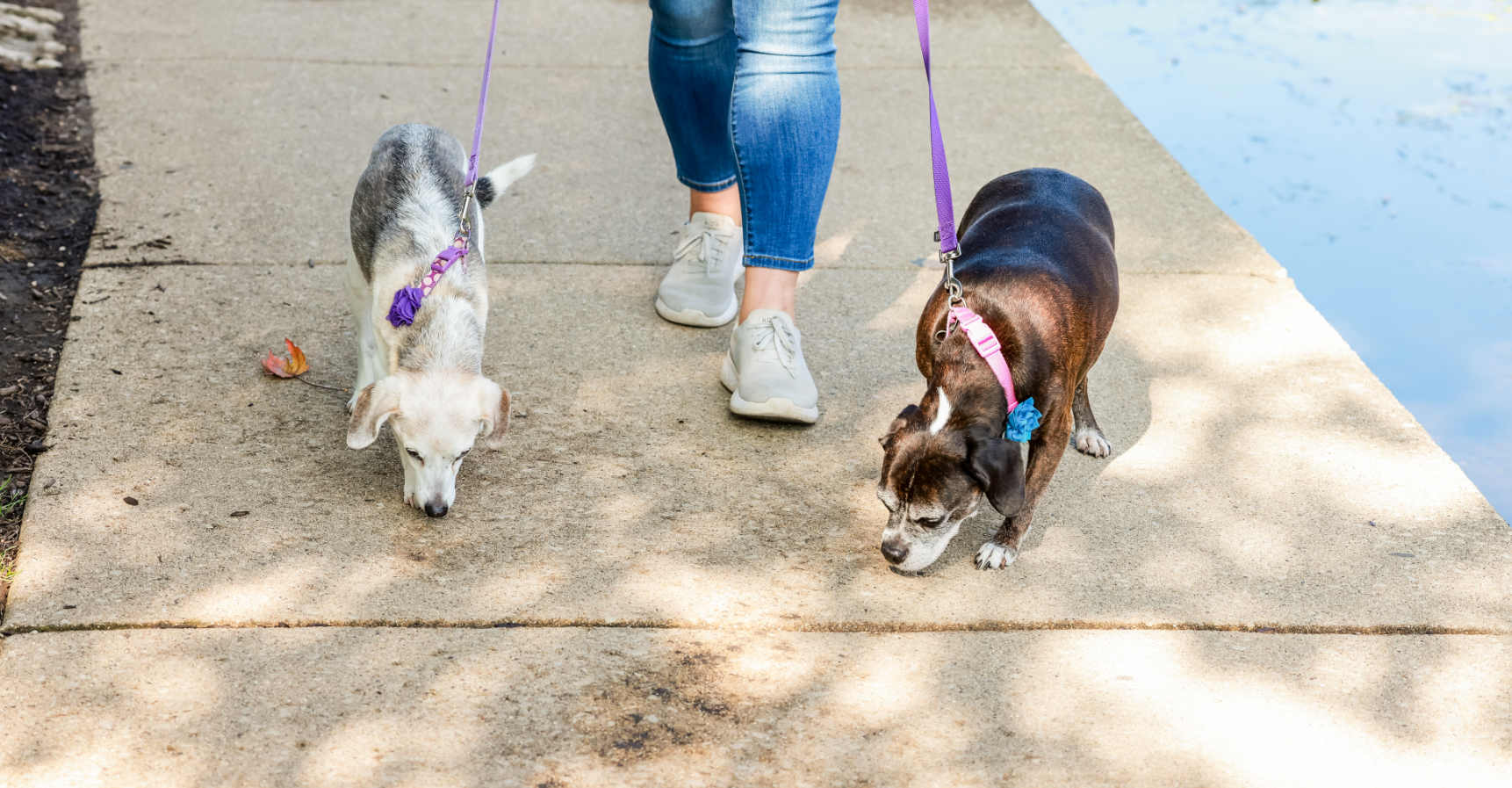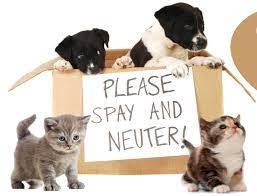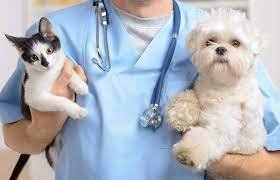
Blog
Asking For A Fur-Friend
Why You Should Wash Your Pet’s Bowl
As pet owners, we go to great lengths to ensure our dogs are happy and healthy, from choosing the best food to taking them on regular walks. But one often overlooked aspect of pet care is the cleanliness of their food and water bowls. Regularly washing your dog's bowls is not just a matter of hygiene—it's essential for their overall health. Especially if you have a dog like mine who is not the best at getting all the crumbs and bits at meal time. Here’s why it’s so important to make this a routine part of your pet care.
As pet owners, we go to great lengths to ensure our dogs are happy and healthy, from choosing the best food to taking them on regular walks. But one often overlooked aspect of pet care is the cleanliness of their food and water bowls. Regularly washing your dog's bowls is not just a matter of hygiene—it's essential for their overall health. Especially if you have a dog like mine who is not the best at getting all the crumbs and bits at meal time. Here’s why it’s so important to make this a routine part of your pet care.
Prevents Bacteria
Just like human dishes, your dog’s food and water bowls can harbor bacteria if not cleaned regularly. Residue from dog food, especially wet food, can quickly become a breeding ground for harmful bacteria like Salmonella and E. coli. These bacteria can lead to serious illnesses not only for your dog but also for your family if the bowls are handled without proper hygiene. Regular washing with hot, soapy water helps to eliminate these bacteria, ensuring that your dog’s meals are safe to eat.
Reduces Risk of Mold
Water bowls, in particular, can develop a slimy layer known as biofilm if left uncleaned for too long. Biofilm is a collection of bacteria and fungi that adhere to surfaces in wet environments. Over time, this slime can turn into mold, which poses significant health risks for your dog, including respiratory issues and gastrointestinal problems. To prevent biofilm and mold, it’s crucial to wash your dog’s water bowl daily and thoroughly dry it before refilling.
Supports Dental Health
Clean bowls prevent the buildup of food debris and bacteria that can lead to dental issues like plaque and tartar, contributing to better oral hygiene for your pet. Plus it can help keep your dog’s breath smelling fresher.
Avoid Attracting Pests
Food particles left in unwashed bowls can attract unwanted pests like ants, roaches, or even rodents. These pests can carry diseases and lead to additional health hazards for your dog. By regularly cleaning the bowls, you minimize the risk of attracting pests, keeping your home and your pet’s eating area safe and clean.
Supports Overall Health
Your dog’s immune system can be compromised if they are consistently exposed to bacteria, mold, or other contaminants found in dirty bowls. This can lead to recurring illnesses, digestive issues, or skin conditions. By maintaining clean food and water bowls, you support your dog’s overall health, allowing their immune system to focus on more significant challenges rather than fighting off preventable infections.
How Often Should You Wash the Bowls?
For optimal health, it’s recommended to wash your dog’s food bowl after every meal and the water bowl at least once a day. Use hot water and a pet-safe dish detergent, and make sure to rinse thoroughly to remove any soap residue. If you have multiple pets, each one should have their own set of bowls to prevent cross-contamination.
Washing your dog’s food and water bowls may seem like a small task, but it plays a vital role in maintaining their health and well-being. By incorporating this simple practice into your daily routine, you can prevent a host of potential health problems and ensure that your furry friend stays happy, healthy, and hydrated. So, next time your dog finishes a meal or drink, take a moment to wash their bowls—you’ll both be better off for it!
Ensuring we wash our furry client’s bowls is only one of the things we do at feeding times. If you or your pet is in need of a pet sitter, CLICK HERE to get started! The Pet Lady is your go-to dog walker and pet sitter in the Elmhurst, Villa Park, Lombard and Naperville, IL communities. We would love to meet your pet!
Making Your Home Senior Pet Friendly
As our pets age, it is our responsibility to ensure that we continue to provide the best care, enrichment and cuddles we can provide. This means, we, as pet parents, may have to make some changes and adjustments to our homes to keep our senior pets safe and happy in their golden years.
As our pets age, it is our responsibility to ensure that we continue to provide the best care, enrichment and cuddles we can provide. This means, we, as pet parents, may have to make some changes and adjustments to our homes to keep our senior pets safe and happy in their golden years.
Keep a Routine
Our pets thrive on routines from a young age. This does not change as they get older. Our pets, especially our senior pets, really thrive when a good routine is in place and kept as much as possible. Keeping a routine increases the predictability and consistency in their days. This helps to reduce anxiety and hyperexcitability. Simple things, such as, keeping meal times, walks, play time, cuddles and even bedtime at the same time each day can help keep your pet happy and calm.
Senior-fy Your Home
If you have multiple pets in your home, create multiple safe places for your pets to go if they need some time alone. This decreases stress and social tension, but this also gives your pet choices and allows resources to be more accessible. Make sure you have plenty of soft resting places. For dogs, this could be a comfy dog bed, for a cat, consider a chair cushion for a ledge or dresser top. Consider heated pet beds, if you live somewhere that experiences cold weather or you enjoy cranking up the a/c, providing a warm bed for your aging pet can provide comfort. As your pet gets older, they may need assistance on tile or hardwood floors. Rugs, yoga mats, carpets or even booties with grips on the bottom can help your pet move about your home safely. In my home, our biggest concern was our hardwood steps. We were able to find stair mats with a non-slip rubber backing to assist our dog while using the stairs. Like humans, pets can begin to experience a loss of sight as they age. Adding nightlights in areas your pet might visit overnight/when light is low can help. Places like near food bowls or litter boxes will make sure your pet will be able to find their way around in the dark.
Encourage Appetites
You may notice as your pet ages they are not as excited for meal times as they used to be. This could be many things, but simple changes you can make, may just be the thing your pet needs! Consider raising up your pets food and water dishes. Using a standing tray or switching to bowls that come with a stand or riser may make it easier for your pet to eat. Some pets experience arthritis most commonly in their backs and hind legs, raising up food bowls allows your pets to eat and drink without bending over, which could be painful. Try adjusting food schedules, not changing times, but consider feeding your pet less amounts per feeding while increasing the frequency of meal times. As pets age, their senses may weaken, try adding a bit of warm water or broth to your pet's kibble or heating wet food for a few seconds in the microwave. Heating pet food, even slightly, helps the food become more fragrant and may be more appetizing to your pet.
Grooming Assistance
While brushing and cuddling should be part of your pets normal routine, as they age these activities could be even more beneficial to your pet. In cats, as they age, they begin to not be able to keep up with the grooming of their fur. Brushing your cat regularly helps to spread the oils on their skin and keep their coat healthy. It is also beneficial to keep your pet's coat tangle free! If your pet is not a fan of traditional pet brushes and combs, consider a silicone brush that may be softer for your pet. Making sure your pets nails are kept trimmed and short. This helps with traction as your pets move through the world.
Enrichment
Even as our pets age, that does not always mean they are no longer interested in playtime. We just may need to make some adjustments to accommodate their age. Things to consider as our pets age, shorten length of play time but increase the frequency of play times. Our senior pets may tire out quicker and we do not want to force them to play if they are not interested. Consider horizontal play surfaces such as the floor, get down on their level. For cats, drag their favorite wand toy on the floor for them to chase instead of airborne play. Make sure you are rotating toys, our pets may get bored or be more interested if they are not seeing the same few toys all the time. Introduce some toys while others are put away and swap them out.
Training
All dogs and even cats can benefit and enjoy training. For our senior cats, something as easy as teaching them to ‘sit’ on command can be a fun trick to teach them and something that will be mentally stimulating for them. For dogs, continued training or reinforcing commands that your pup already knows is another great way for your senior pup to use their minds!
If you or your senior pet is in need of care, and you are in the Elmhurst, Villa Park, Lombard or Naperville, IL communities, give us a call! We love our seniors and would love to meet your pet! Call or text us at 847.802.9538 or contact us here.
When Should You Spay or Neuter Your Dog
In the United States it is common practice to spay and neuter our dogs who are not meant for breeding. Based on the National Pet Owners survey in 2020 78% of dog-owning households have spayed or neutered their dog. Spaying and neutering has become a routine practice due to veterinarians and the animal shelter community working together to reduce the number of unwanted pets who would be euthanized.
In the United States it is common practice to spay and neuter our dogs who are not meant for breeding. Based on the National Pet Owners survey in 2020 78% of dog-owning households have spayed or neutered their dog. Spaying and neutering has become a routine practice due to veterinarians and the animal shelter community working together to reduce the number of unwanted pets who would be euthanized.
Let’s start with the basics. Typically, the spay and neuter take place when the pets are a young age, usually around 6 months. However, as we learn more about our pets and have a larger awareness of their health and safety, this young age may not be the best time for your dog. We know more now about the correlation of our pets sex horomones and their health. Research done at the University of California - Davis, reveals that for some dog breeds, spaying and neutering can cause an increased risk in certain health conditions.
What we do know is that different dog breeds and different sized dogs mature at different ages, so for some an early spay or neuter may not be bad. The wide margin of when each breed matures varies. Toy breed dogs can mature as early as 6 to 9 months while large or giant breeds may mature as late as 16-18 months. So, the large and giant breeds had a higher possibility of risk to future health conditions due to early spaying and neutering.
Like many things, spaying and neutering can have its benefits and its risks. Another reason veterinarians can settle on an early age for this procedure is that if a pet is not going to be bred, spaying a female dog before her first heat cycle has significant benefits in reducing mammary cancers and other cancers of the reproductive organs. For male dogs, the removal of testosterone can have effects on the dog that are decreased or eliminated. Behaviorally, neutered dogs can be less aggressive, less likely to roam in their never ending search for a mate and reduction of humping behavior. Recent studies have linked early spay and neuter to some health risks if done before sexual maturity. However, the two most common ones are urinary incontinence and obesity. No one is quite sure why obesity is seen more in spayed females, however, both these conditions are treatable.
There is no exact time to spay and neuter your dog as we have to take all the differences between breeds, estimated sizes and individual dogs into account. Your primary veterinarian will be able to help guide you through when a good time to spay and neuter your dog would be. If you have a purebred, your breeder can be a great resource to talk about when the best time to spay and neuter will be as well.








